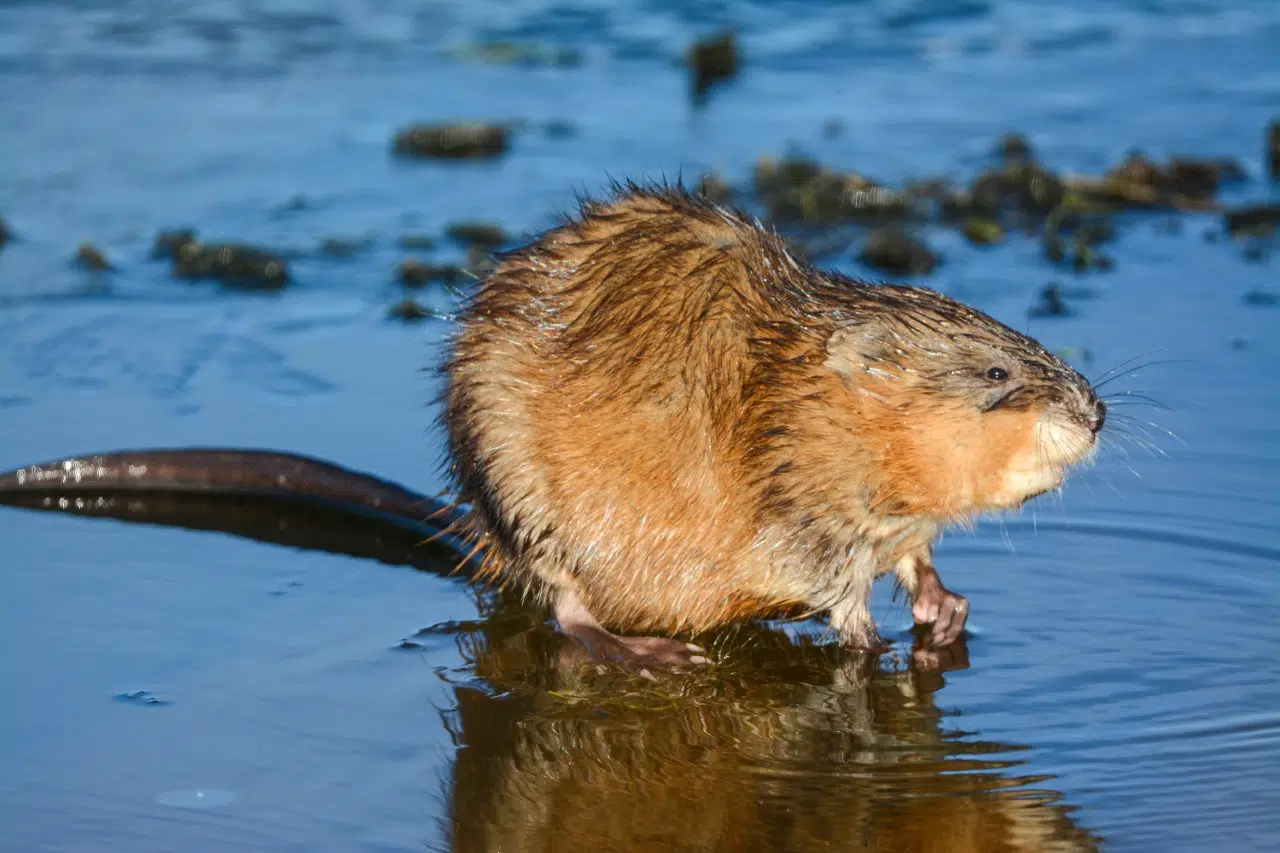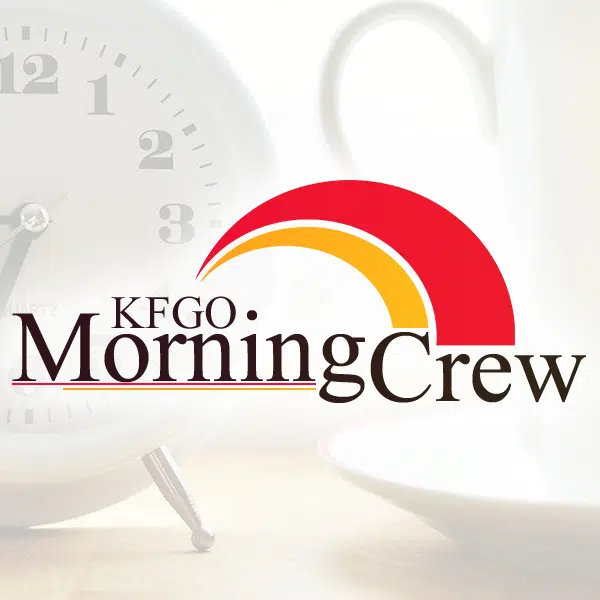By Doug Leier
We continue a series with Game and Fish Department staff on current outdoors topics and issues in North Dakota. This week we visit with Stephanie Tucker, Department furbearer biologist and game management section leader.
Tucker on coyotes: The market value for coyote pelts the last several years, including this year, continues to be good and strong. So, there’s a lot of interest by hunters and trappers in going after coyotes and pursuing them for their fur. Our statewide and regional coyote trends this year indicate that coyote numbers are probably going to be similar to last year, if not slightly lower in some regions. There are always exceptions with statewide surveys and numbers in a localized area. Some areas might have better coyote numbers in a local area, but statewide trends are similar to last year.
Tucker on night hunting: Several years ago, we started allowing the use of night vision and thermal imaging equipment for the night hunting season for coyotes and fox. There’s been a lot of interest and popularity in night hunting and using that equipment for coyotes. One of the challenges when we began allowing that equipment is infrared illuminators often used in conjunction with night vision equipment. According to state law, it was illegal to use artificial lights for night hunting of coyotes. Last legislative session took a look at that law and made some changes. Now you can use infrared illuminators with your night vision equipment, and you
can also use red or green filtered lights for night hunting of coyotes and fox during the night hunting season.
Tucker on muskrats: We had a good reproductive season for muskrats this past summer and muskrat surveys are primarily done in the spring. Spring surveys from earlier this past April didn’t really show an uptick in muskrat numbers anywhere in the state. But I wouldn’t be surprised if locally or on a smaller regional scale some people did see more muskrats in their area due to the good water conditions we had on the landscape this past summer.
Tucker on WMAs: A couple of years ago we started requiring that all trapping equipment left on our wildlife management areas be identified with either the trapper’s name, address and telephone number or their equipment identification number. You can get an equipment identification number on our website when you log into your account. That identification number stays with you for your lifetime, it never changes. You can also use that equipment identification number for your tree stands or ground binds left on WMAs or even your ice houses, your fish houses left unattended on ice, you can use that equipment identification number. If you’re going to leave trapping equipment on WMAs, the equipment must be tagged and identified. Also, you cannot use cable devices or snares on our WMAs until after the pheasant season closes Jan 3. So, we have a lot of activity, a lot of dog hunters using our WMAs during this high time of year for upland game seasons, which is why we make people hold off in using those cable devices until after those seasons close.





Comments